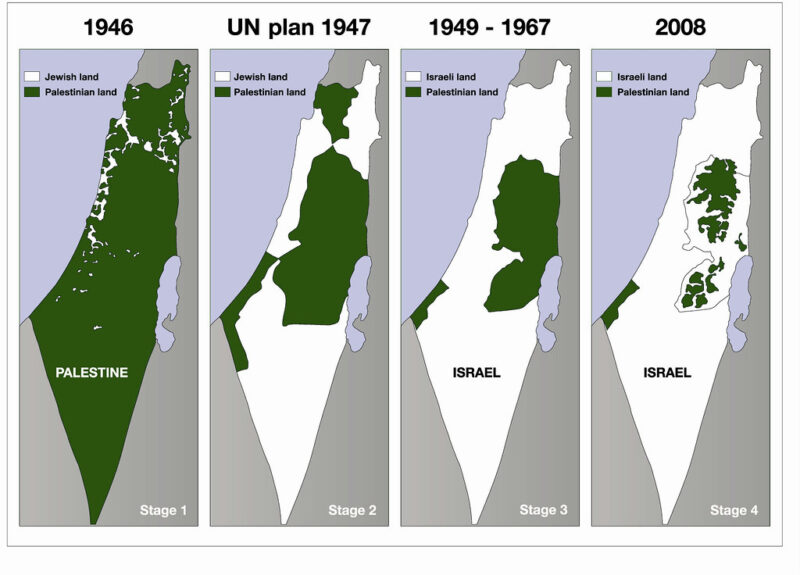What would a rank and file movement look like today?
Union activists often come up against their own leaders even before they can take on the bosses. Marxists advocate a militant grassroots movement to solve this problem. But, asks Jeremy Dewar, what would one look like today?
TWICE THIS year we’ve caught a glimpse of the potential strength of the trade union movement in Britain. First, on 26 March when half a million marched through London, and the second snapshot: 30 June, when 750,000 are out on strike.
But we had to drag our union leaders into launching this level of action. They delayed and delayed, then some still proclaimed strikes “premature”, and finally they failed to plan any follow up till… October.
All this shows that it is not the workers who lack fighting spirit; they have responded magnificently whenever called into battle. It is the generals who misdirect our campaign. We need to turn the unions on their head: put the rank and file in command and unite our forces into a class war.
We are entering a new, prolonged period of intense conflict. If we do not build new organisations capable of defending past gains, find ways to hold our leaders to account or replace them, and thoroughly transform our unions into democratic fighting bodies – then the working class will pay a heavy price for the bosses’ crisis.
We urgently need a rank and file movement to emerge out of today’s struggles. But how can we make it happen? What will it look like? And what are its tasks?
Principles first
It is vital that the rank and file militants retain their independence from all wings of the trade union bureaucracy, including the left leaders. Time and again, the TUC lefts, like Mark Serwotka (PCS), Bob Crow (RMT) and Matt Wrack (FBU), have allowed jobs to be destroyed or conditions eroded without a fight. Too often they have called off action merely for “talks” rather than pressing on for victory. Habitually, they prefer stop-start tactics of one-day strikes and cave in front of the judges and the anti-union laws.
So long as union caucuses tie themselves to these “lefts”, they will be unable to provide an alternative leadership at key moments. For example, the United Left in Unite recently threatened to expel the Socialist Workers Party for daring to criticise left wing officials for selling out the BA cabin crew dispute. For them, the reputation of “our left general secretary”, as they called Len McCluskey, was more important than loyalty to a section of workers who had been fighting for over a year and had been shamefully let down by their union leaders.
Workers Power supports the Grass Roots Left in Unite, precisely because it is not afraid to criticise the left as well as the right. But this doesn’t mean reconciling ourselves to being in permanent opposition. Grass Roots Left came out of Jerry Hicks’ campaign for the General Secretary post, gaining 50,000 votes for an independent fighting candidate.
For us, the election was a vital way of promoting a new kind of trade union activism as well as trying to win the leadership. If rank and file candidates won a majority they would begin a radical democratisation of the union ending the power of full time officials and replacing it with that of recallable lay delegates at all levels.
Workplace organisation
A rank and file movement must be rooted in the workplaces. In this sense it would be a world away from today’s broad left groups, which exist primarily to get left wing officials elected or at best to win ballots for strike action. In truth, such organisations cannot transform the unions and inevitably start to decline when the left leaders, once elected, fail to stem job losses and pay cuts.
So how can we make a start in this direction? By recruiting new and young workers into the unions and launching unionisation drives to break into new areas: agency workers, temps, cleaners and so on. From these new layers of trade union members there will emerge new workplace reps and activists, who can start to take up workers’ grievances and challenge management diktats.
This requires agitational material, which we can either produce through official channels if we have co-thinkers in union positions, such as membership secretary or publicity officer, or unofficially.
In Lambeth Unison, a group of us who wanted to change the way the branch operated started off publishing material under the name, Lambeth Activists. We won scores of new members in this way, doubling and trebling the number of shop stewards in some areas, as the keenest and most dedicated recruits stepped up to the plate and took on responsibilities.
The key to making such gains permanent is to keep up the agitation. Older workers and seasoned shop stewards who are not so worn out or cynical that they cannot recognise a fresh wind blowing through the branch and perk up in response. Soon workers are discussing what the bosses and the union leaders are doing; they start to have views on these issues; they begin to ask for meetings and demand action.
Of course, none of this is rocket science. Neither is it fresh thinking: socialist groups pumped out hundreds of workplace bulletins in the 1970s. It was not the only reason union membership and the number of shop stewards rose so rapidly in that decade, but it both reflected a high level of industrial action and reinforced that high level. The point is that we are again entering such a period, when such workplace agitation is both possible and necessary.
Social media
The power of new media tools, like blogs, facebook and twitter, have escaped no one’s notice since the Arab spring revolutions. They are supremely suitable to rank and file activism because, just like Mubarak’s Egypt and Assad’s Syria, the workplace in “modern” Britain is also a dictatorship. The worker who is found giving out unofficial literature or “abusing” the company’s email system can be instantly dismissed for gross misconduct. But with a mobile phone in her pocket, today’s activist can take the boss or the union bureaucrat by surprise.
Postal workers successfully used facebook and chatrooms in the 2007 dispute, spreading news of victimisations and walkouts, and agitating for escalating strike action. The Royal Mail Chat website provided a forum for posties to swap news and have ongoing dialogues on threads, using pseudonyms to keep prying management trolls guessing. The website undoubtedly played a major role in spreading the wildcat strike down from Edinburgh to Oxford, which brought Royal Mail bosses to their knees.
Rank and file groups
But the postal wildcats did not win. Why? Because they had no alternative to the CWU leaders, who remained in control of calling off the strikes and entering secret negotiations with the bosses. Imagine if the strikers had their own command centre. At the time, Workers Power militants argued for a rank and file conference to unite all regions, branches and depots who are prepared to strike on for victory to hammer out a plan of action and elect a leadership to implement it. Our motto was ‘with the union leaders where possible, without them if necessary.’
Today, we are faced with the same task. We can start by uniting all those workplaces that want to coordinate strike action against the cuts, rank and file groups and local anticuts committees. This is already happening around 30 June – the point is to continue to organise afterwards, demand more action from our leaders and prepare to call strikes ourselves if the officials refuse.
The current situation provides union activists and socialists with a great opportunity to forge a new, rank and file movement in Britain – just like militants used the trades councils in the 1920s and shop stewards committees in the 1970s.
These attempts floundered eventually for political reasons. The Communist Party tied the rank and file groups to the policy of the left leaders, leaving the rank and file disarmed when the lefts betrayed them. The Socialist Workers Party, on the other hand, tried to ignore political issues altogether, on the false assumption that “politics would come later”. They had no answer to the Labour government of 1974-79, which cut thousands of jobs and closed mines and factories.
The rank and file movement today should see itself as an indispensable tool in the struggle for socialism. So long as the unions are affiliated to Labour, it should demand the party supports all strikes and opposes all cuts, committing itself in office to reversing the cuts, nationalising the banks and big business and placing them under workers’ control.
But just like we recognise the need to break with the bureaucracy, so we will need to break with the party of the trade union bureaucracy. A rank and file movement should ally itself to a consistent working class policy, a revolutionary action programme to seize the power and open the road to socialism. This means building a revolutionary party, based on the militant unions and the fighting youth.






